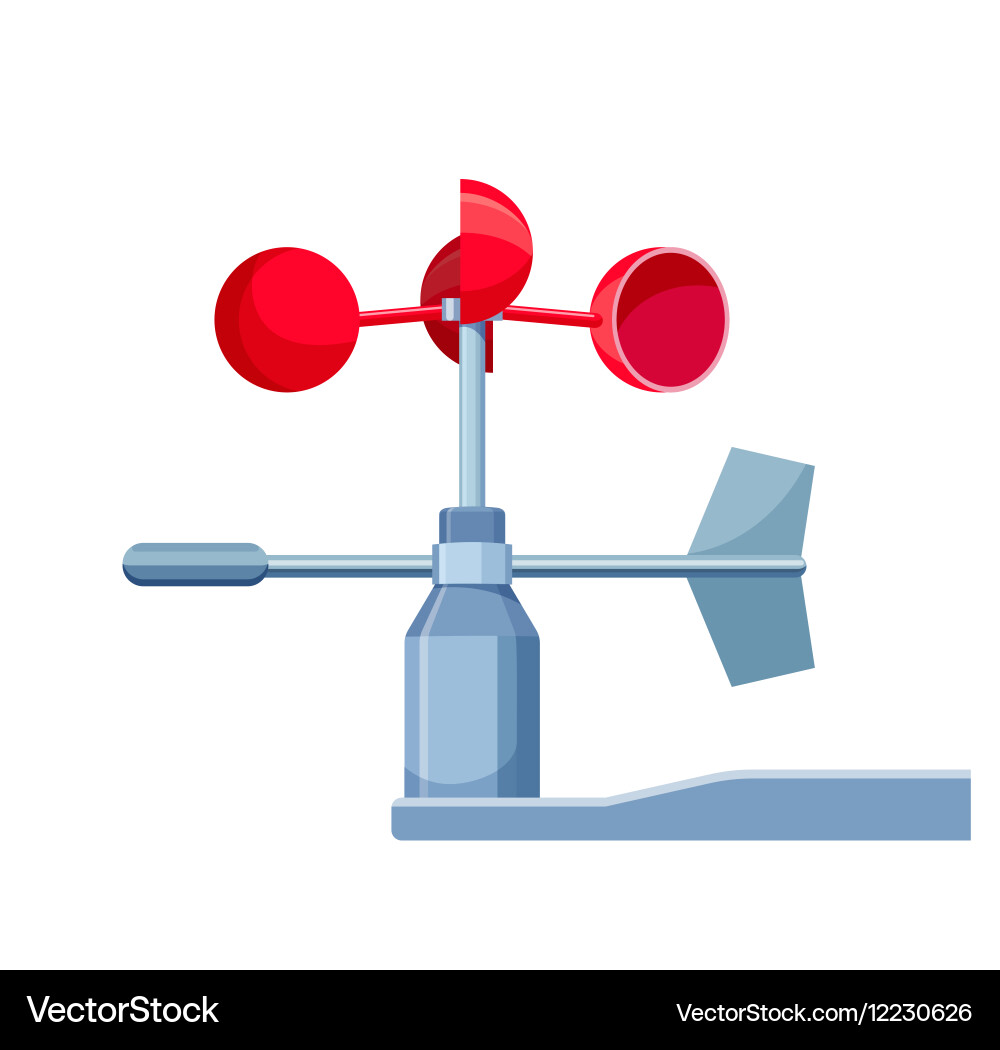Why an Anemometer is Important for Your Environmental Information Collection
Why an Anemometer is Important for Your Environmental Information Collection
Blog Article
Discovering the Features and Advantages of Anemometers for Climate Fanatics and Specialists
From mug anemometers to sonic anemometers, each type brings its distinct set of benefits and applications, shedding light on numerous aspects of climatic conditions. As we delve right into the functions and advantages of anemometers, a deeper understanding arises not just of prevailing climate phenomena yet likewise of the broader effects for markets like wind energy manufacturing and environmental study.
Value of Anemometers in Weather Surveillance
Anemometers play an important duty in climate tracking by providing accurate measurements of wind rate, assisting in projecting and understanding climate patterns. These instruments, ranging from conventional cup anemometers to contemporary ultrasonic anemometers, are necessary for meteorologists, scientists, and weather condition fanatics alike.

Kinds Of Anemometers and Their Applications
With the essential function anemometers play in weather monitoring and forecasting, comprehending the various kinds of these instruments and their applications comes to be essential for professionals and fanatics in the field. One of the most common types of anemometers consist of cup anemometers, vane anemometers, hot-wire anemometers, and ultrasonic anemometers. Cup anemometers include 3 or 4 mugs placed on horizontal arms that revolve with the wind, determining its speed. Vane anemometers, on the other hand, utilize an openly turning vane to straighten with the wind direction, supplying both wind rate and instructions dimensions. Hot-wire anemometers run based upon the concept of convective warmth transfer, where the cooling result of the air flow is gauged to identify wind rate. Ultrasonic anemometers utilize ultrasonic acoustic wave to calculate wind rate and direction accurately.
Each sort of anemometer has its unique advantages and applications. Mug anemometers are ideal and durable for general climate tracking, while vane anemometers are favored for directional dimensions. Hot-wire anemometers are delicate to low air velocities, making them ideal for indoor settings. Ultrasonic anemometers are non-intrusive and use high precision, usually used in study and specialized climate monitoring applications. Comprehending the attributes and applications of each kind of anemometer is crucial for picking the most ideal tool for certain weather keeping an eye on needs.
Benefits of Utilizing Anemometers in Projecting
In meteorology, the application of anemometers provides important benefits for improving the accuracy of weather projecting. Anemometers gauge wind rate and direction, offering critical information for anticipating weather condition patterns. By integrating wind information right into projecting versions, meteorologists can much better comprehend the activity of weather systems, prepare for changes in climatic problems, and concern extra specific projections.
Additionally, anemometers play an essential role in assessing possible climate risks. Monitoring wind speeds assists forecasters anticipate extreme weather events such as hurricanes, tornadoes, and winter months storms with better accuracy. This early warning system makes it possible for authorities to release prompt alerts and implement essential security steps, decreasing the risks to life and residential or commercial property.
Furthermore, anemometers help in maximizing sustainable energy production. By examining wind patterns, meteorologists can determine suitable areas for wind ranches and anticipate power output, adding to the reliable generation of wind power.

Anemometers in Wind Power Manufacturing
Offered the vital duty anemometers play in offering exact wind information for weather forecasting and hazard evaluation, their significance reaches the world view it now of wind energy manufacturing. Anemometers are necessary tools in the field of wind energy, where the dimension of wind speed and instructions is crucial for identifying the expediency and performance of wind generator installments. By precisely gauging wind rates at varying heights, anemometers help optimize the placement and style of wind turbines to maximize energy output.
In wind ranches, anemometers are purposefully put to collect real-time wind information that is used to evaluate the possible power manufacturing of a website. Read More Here This data contributes in figuring out the financial stability of wind energy tasks and in projecting power generation to make sure grid stability. In addition, anemometers help in monitoring wind conditions to optimize generator efficiency, prevent damages from high winds, and make certain the safety of employees operating in the vicinity of wind generators.
Enhancing Weather Understanding With Anemometers

Anemometers play a key role in improving our understanding of microclimates. These localized climate problems can vary substantially from wider regional projections, making it necessary to have precise information for details areas. anemometer. By tactically positioning anemometers in various places, researchers can collect in-depth information on exactly how wind behaves in different terrains, metropolitan atmospheres, or bodies of water
Moreover, anemometers add to enhancing weather forecasting versions by providing real-time information on wind actions. This info is specifically important for predicting extreme weather condition occasions, maximizing farming practices, and sustaining markets like aeronautics and maritime navigating. In general, anemometers are indispensable instruments that allow us to delve deeper right into the intricacies of weather systems, ultimately resulting in even more precise predictions and better-informed choices.
Final Thought
In verdict, anemometers play a vital duty in weather condition tracking and projecting by gauging wind rate and direction. Anemometers additionally have applications in wind power manufacturing, more highlighting their relevance in both weather forecasting and sustainable energy fields.
From cup anemometers to sonic anemometers, each kind brings its unique collection of applications and benefits, losing light on various facets of climatic problems. These instruments, ranging from traditional cup anemometers to modern-day ultrasonic anemometers, are vital for meteorologists, scientists, and weather enthusiasts alike. The next most common kinds of anemometers consist of cup anemometers, vane anemometers, hot-wire anemometers, and ultrasonic anemometers. Mug anemometers are durable and ideal for general weather condition surveillance, while vane anemometers are preferred for directional measurements. Anemometers are crucial tools in the field of wind energy, where the measurement of wind rate and direction is vital for determining the expediency and efficiency of wind generator installations.
Report this page